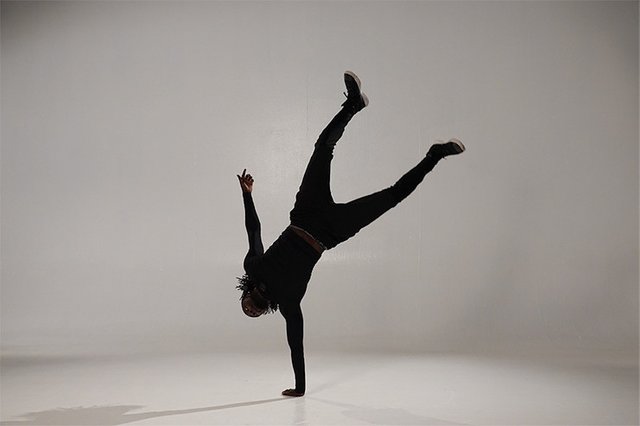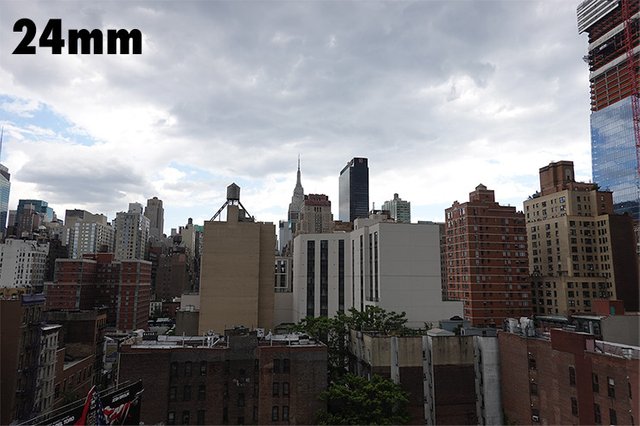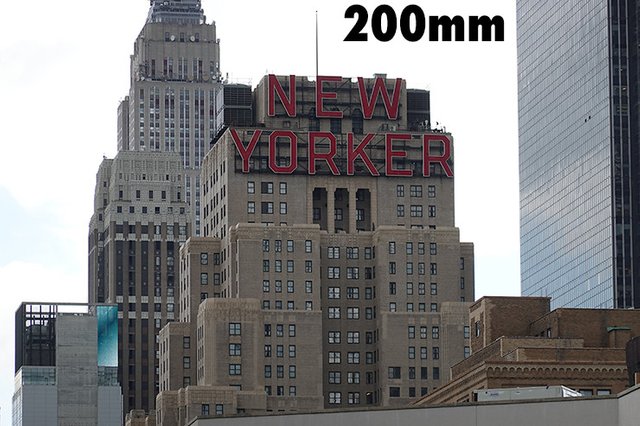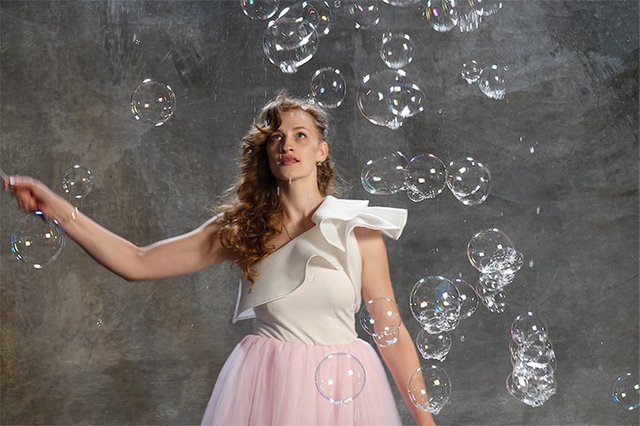Sony Cyber-shot DSC-RX100 VI Preview
The Sony Cyber-shot DSC-RX100 VI ($1,199.99) is essentially the RX10, but smaller. It covers the same zoom range as Sony's first 1-inch bridge camera, and while its lens isn't as bright when zoomed in, it fits into your pocket. It doesn't come cheap, however: At $1,200, it's the most expensive pocket camera we've seen that doesn't boast a Hasselblad or Leica badge. There's no arguing with its capabilities or features, but you may find that your long zoom needs are met adequately by the $800 Panasonic ZS200. I'm still in the process of testing the RX100 VI, but have some first impressions.
Design
Connectivity
Performance
The RX100 V was the first pocket camera with on-sensor phase detection autofocus, and the feature continues with the VI. Phase detection, combined with a sensor with a design that allows for extremely quick data processing delivers shooting at up to 24fps with subject tracking, even in Raw format. Shooting that quickly is overkill for most scenarios, but having it as an option is certainly a benefit. You can also set the camera to shoot at a speedy, but more reasonable 10fps. See How We Test Digital Cameras
Image Quality
The RX100 VI's lens doesn't have as much reach as the Panasonic ZS200, but our tests show that it's sharper, and the f-stop tells us it captures more light. At 24mm f/2.8 the Sony scores 2,477 lines on Imatest's standard center-weighted sharpness test. Image quality is strong through most of the frame, but the edges are a bit soft, at 1,331 lines. That's less resolution than we want to see at a minimum from a 20MP sensor, 1,800 lines.Resolution holds steady at f/4 and f/5.6. There's a slight drop in average sharpness at f/8 (2,263 lines), but edges are stronger, 1,554 lines. You can shoot at f/11, but you shouldn't—it drops image quality, lowering the score all the way down to 1,713 lines.Some edge softness at 24mm isn't unheard of in a compact, and it's really the only bad thing there is to say about the RX100 VI's lens. At 50mm the maximum aperture has dropped to f/4, but overall image quality is strong. We see 2,341 lines on average, and while the edges aren't as sharp as the center, they're quite crisp at 2,045 lines. Image quality jumps at f/5.6 (2,897 lines), with edges that are just about 200 lines behind the average score. We see 2,549 lines at f/8 and 1,918 lines at f/11. At the 100mm setting the maximum aperture is still f/4. The lens shows 2,838 lines here, with edges that touch 2,700 lines—it's not dead even performance across the frame, but it's close. We see 2,863 lines at f/5.6, 2,571 lines at f/8, and 1,865 lines at f/11.Image quality holds up at 200mm. At f/4.5 we see 2,462 lines on average, and while the edges aren't that sharp, they're still acceptable at 1,843 lines. At f/5.6 there is 2,630 lines, with edges that show about 2,000 lines, and there's a slight drop to the average at f/8 (2,457 lines) and a more noticeable one at f/11 (1,615 lines).The lens on the competing Panasonic ZS200 has a longer zoom range, but it isn't as sharp. At its best it shows about 2,300 lines (at the 50mm setting) and its edge performance is very weak at 24mm and significantly softer than the RX100 VI through the rest of its zoom range.One of the advantages of a 1-inch sensor over the 1/2.3-inch designs you usually find in point-and-shoots and flagship smartphones is image quality at the higher ISO settings used when shooting in dim light. I've only been able to look at JPG images so far—Adobe hasn't yet added support for the RX100 VI to Lightroom Classic, our standard software for Raw conversion. But we expect Raw performance to be similar to the RX10 IV, which uses the same sensor and image processor.When shooting JPGs at default settings, the RX100 VI keeps noise under 1.5 percent through ISO 3200, two stops below its top ISO 12800 setting. Of course, it gets there by applying some noise reduction to images. There's no noticeable degradation in image quality from the base setting of ISO 125 through ISO 800. At ISO 1600 there is a very slight step back, but one that you'll only notice when printing large or cropping heavily. Details are more noticeably smudged at ISO 3200. Image quality suffers much more noticeably at the top ISO 6400 and 12800 settings.
Video
Despite not supporting an external microphone, which limits the camera's use for very serious video work, the RX100 VI has some excellent capabilities to record moving images. It can record 4K video at 24 or 30fps at your choice of 60 or 100Mbps, and 1080p is also available at up to 120fps.There is a very slight crop applied to 4K video—it's not really noticeable unless you're working from a tripod and switching between still and video capture. Footage is very sharp, and the camera smoothly racks focus on demand and tracks moving subjects with aplomb. Proxy recording is supported—it's a feature that records both 4K and a lower-resolution file at the same time, so you can easily edit the lower resolution footage and then apply the edits to the 4K clip, without putting too much strain on your workstation.If shooting at 120fps isn't good enough, you can move the Mode dial to the HFR position for High Frame Rate capture. You have the option of shooting at 240, 480, or 960fps in this mode, rendered out to a file that plays back at 24, 30, or 60fps. It's a little tricky to use—you need to prefocus and frame a shot and start a buffer before you can start recording. And it takes a long time to render out the video. It's done in real time, so if you record a couple of seconds of footage it can take a minute or two to render out, during which time you can't use the camera for anything else. The quality of the slow-motion video varies based on the capture rate. The 240fps footage looks the best, because its capture resolution isn't that far behind 1080p and the shutter can fire at 1/240-second, so the ISO doesn't need to be pushed as high. I tend to shoot at 480fps, as it's a good compromise in quality and speed. The 960fps video is cropped, seriously upscaled, and the shutter needs to fire at 1/960-second to capture each frame—it's best reserved for use in very bright light.
First Impressions
I've only had a few hours to use the Sony Cyber-shot DSC-RX100 VI, so I'm not giving it a rating at this time. I do have a fairly strong handle on the camera, as I've watched the RX100 series evolve over the past six years, and have used every model up to this point. The RX100 VI is the biggest departure from the original concept we've seen, and it's because of the lens.Instead of a short zoom with a bright aperture, you get a longer lens that never captures as much light as the other models in the series that start at f/1.8. For photographers who like to snap bokeh-filled images of fancy dinner plates in dim restaurant lighting, or images of their kids playing in the living room, the lesser light-gathering capability is a downer—so the RX100 III, IV, or V, or the Canon PowerShot G7 X Mark II are all better fits, depending on budget and performance requirements. But none of those have a zoom that matches the RX100 VI.I'll need some more time with the RX100 VI before delivering a final verdict. My first impression is that it looks like an overly capable pocket camera for photographers who want the best image quality, fit and finish, and autofocus in a model that fits into a pocket, and who also put priority on zoom range. I'm still working with the Panasonic ZS200, which sells for about $400 less, but its lens isn't as good and it doesn't have the same autofocus, burst shooting, or slow motion chops as the Sony, and its viewfinder is nowhere near as good.Check back for a full review of the RX100 VI. It's available to order now, and will start shipping in early July.




Hi! I am a robot. I just upvoted you! I found similar content that readers might be interested in:
https://www.pcmag.com/review/361684/sony-cyber-shot-dsc-rx100-vi